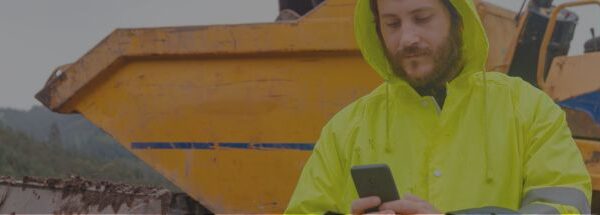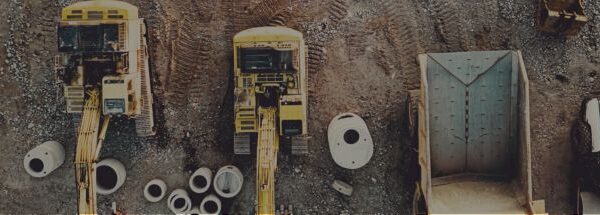In the construction industry, managing transactions isn’t just a routine process—it’s the cornerstone of operational success. During the latest segment of our webinar series, we explored the intricate world of transactions within construction equipment management software. Far from being mundane, these transactions are pivotal in shaping efficient, responsive operations.
The Role of Transactions in Construction Equipment Management Software
Transactions within an asset management system act as fundamental building blocks, dictating how purchase orders, contracts, and work orders are processed. This isn’t about mere data entry; it’s about crafting a workflow that adapts to the complex, varied needs of the construction sector. For instance, the immediate dispatch feature facilitates quick loading and dispatching of equipment—a crucial functionality when urgent needs arise at the construction site.
Flexibility at the Core
Construction projects are inherently dynamic, often requiring on-the-spot adjustments. This is where RentalResult construction equipment management software’s flexibility becomes invaluable. Whether it’s enabling mobile apps for barcode scanning and safe loading verification, or allowing for immediate dispatch without these steps, the system supports a spectrum of operational styles.
Moreover, the ability to document every step of a transaction, including photos, signatures, and geo-location stamps, enhances accountability and traceability. This feature proves essential when discrepancies arise, such as a missing item report, allowing teams to quickly verify and address such claims with concrete evidence.
Customizable Workflow for Enhanced Efficiency
The true power of construction equipment management software lies in its customization capabilities. During system setup, every checkbox and dropdown menu is an opportunity to tailor the software to the specific workflows of a business. This customization extends across various transaction types—from work orders to rental contracts—ensuring that each can follow a dynamic, business-specific workflow.
For long-standing users, whose businesses evolve over the years, the ability to revisit and adjust these settings is crucial. It ensures that the software grows with the company, continually adapting to new challenges and opportunities.
Practical Applications and Real-World Flexibility
Let’s consider a few scenarios:
- Immediate vs. Detailed Processing: For some equipment dispatches, a streamlined process might suffice, while others might require detailed checks using mobile apps.
- Rental to Purchase Options: Sometimes, a rental might turn into a purchase. Enabling a “rent to buy” option can cater to these opportunities spontaneously.
- Handling Returns: The system can facilitate the return of unused items, such as hard hats or boots, ensuring that they can be credited if returned unused at the end of a project.
Conclusion
Managing transactions within construction equipment management software isn’t just about handling data—it’s about crafting a system that responds effectively to the varied, dynamic needs of the industry. It’s about ensuring that every transaction reinforces the efficiency, accountability, and scalability of business operations.
For any construction firm looking to enhance its operational efficiency, diving deep into the capabilities of their equipment management system, understanding its features, and customizing it to their unique needs is not just beneficial—it’s essential. Reach out to our team to learn how RentalResult can optimize your operations – request a demo today!



